Mount Morgan, less than 40 kilometres from Rockhampton, was once the largest gold mine in the world. It closed in 1990 but there’s still gold in them thar hills. These days however it comes from Renewable Energy Certificates or RECs, pronounced wrecks, which is what renewable projects are doing to grid security and the environment.
The RECs have been so lucrative that companies from all over the world have poured into Queensland lured not just by the generous REC subsidies but by a lax regulatory environment in which ministers have the discretion to override, for ‘relevant infrastructure activities’, environmental regulations regarding tree clearing, ground cover, and the amount of run-off allowed to flow into the Great Barrier Reef.
When Sir Joh Bjelke-Petersen was premier in the 1980s, deals were done for the ‘white shoe brigade’ that ignored regulations and delivered rapid rezoning, government loans, and subsidies for controversial developments on the basis of a nod and a wink and sometimes a rumoured brown paper bag of cash.
Under Premier Palaszczuk, Queensland is rolling out the red carpet for the Green Shoe Brigade, not so much carpetbaggers as sun and windbaggers. There’s no need for a brown paper bag. The ‘climate crisis’ justifies the immediate rezoning of pastoral and forested land to allow for industrial-scale renewable utilities.
There is an ‘anything goes’ atmosphere of the Wild West or the Wild North making Queensland’s Renewable Energy Rush every bit as feverish as the gold rush that preceded it.
The scale of what Palaszczuk is planning is Bowen-esque. The Queensland Energy and Jobs Plan launched this month has set a 50-per-cent Renewable Energy Target by 2030 and a 2032 target of up to 2,000 turbines generating 8GW of electricity, 14 million solar panels generating 4GW of electricity, and 5GW of pumped hydro and battery storage.
Yet of 54 wind plants listed, only five are operational, four are under construction, and 42 proposed. Of 129 solar plants, 40 are operational, three are under construction, and eight proposed. And of four pumped hydro storage plants, one is operational, one is committed, and two proposed.
What makes any of this credible is the speed with which projects have gone ahead in the last year and the ruthless indifference to bulldozing the last remnants of old-growth forests. Too rugged for agriculture or mining, these are the last refuges for dozens of Queensland’s most rare and threatened creatures including koalas and greater gliders.
Conservationist Steven Nowakowski calculates that 14,100 hectares of remnant forest will be cleared for 17 renewable projects in North Queensland, and 4,625 kilometres of new haulage roads will have to be bulldozed through forests to service 88 renewable energy projects in the pipeline throughout Queensland.
If a mining or oil and gas company was committing environmental destruction on this scale and it was being rubber-stamped by a Coalition government every green group and parliamentarian in the country would be up in arms. But state-funded conservation groups have said off the record that they don’t dare criticise the state government for fear of losing their funding.
Almost every renewable energy project in Queensland has triggered the Environment Protection and Biodiversity Conservation (EPBC) Act passed by the federal government in 1999 to protect our unique plants, animals, habitats, and places.
To date, Minister for the Environment Tanya Plibersek has not covered herself in glory. Her Liberal predecessor Sussan Ley put a stop to a project at Lotus Creek to build 81 wind turbines 230 metres high spread over 48,000 hectares including 632 hectares of koala habitat and 340 hectares of greater glider habitat because it posed a ‘clearly unacceptable’ threat to koalas. The Australian Conservation Foundation welcomed the decision saying, ‘renewable energy projects should not leave biodiversity and threatened species worse off’, but said nothing when Plibersek reinstated the project with increased power generation.
Lotus Creek has a thriving koala community including females with young on their backs in pristine old-growth forests with nesting hollows supporting a flourishing ecosystem of wildlife.
A former Greens candidate, Nowakowski is a voice in the wilderness calling for the state government to turn the area into a national koala park. Horrified by the destruction wreaked by renewable energy’s massive footprint he now supports the Liberals’ nuclear energy policy and the Nationals call for a moratorium on renewables.
‘No one wants to imagine an Australia without the koalas,’ said Plibersek last month, but when it comes to a choice between protecting endangered koalas in native forests and building a wind farm, she opted for the latter.
Bulldozers will arrive any day now at Lotus Creek and if a koala is injured it must, by law, be clubbed to death. Yet unlike Ley, Plibersek hasn’t had to face accusations of being a koala killer.
Glen and Nikki Kelly are the sixth generation to run the family farm near Rockhampton – the essence of sustainable land management. They are horrified that their flourishing property will be ringed with 120 wind turbines 275 metre high which will destroy the habitat of rare and threatened species, create landslides feeding into the Great Barrier Reef, and in summer, firefighters will no longer be assisted by aircraft because the smoke-obscured turbines will make it too dangerous.
Nearby, Cedric and Therese Creed are battling a 36km2 solar plant, bigger than Norfolk Island, to be built on prime agricultural land on the Don river. In extreme weather, toxic leakage from damaged panels and batteries will poison the land and the reef. In a bushfire firefighters can’t even approach it because of toxic fumes and the risk of explosions.
What might save regions from reckless renewable development is the massive uptake of rooftop solar. Queensland’s grid is approaching what energy economist Stephen Wilson calls ‘peak renewables’. When the operator can’t buy any more renewable electricity, companies can’t earn RECs and profits are curtailed. Investment in renewable generation is at its lowest level in five years because of diminishing returns, yet electricity bills are soaring because of renewable subsidies, capital costs and weather-driven shortages.
It was National Threatened Species Day on 7 September but the threat that most concerns Plibersek and Prime Minister Albanese is the vote for the Greens in their adjacent inner-city electorates. So far, it seems their voters care more about closing down coal-fired power plants than whether Big Wind is killing koalas.
Got something to add? Join the discussion and comment below.
Get 10 issues for just $10
Subscribe to The Spectator Australia today for the next 10 magazine issues, plus full online access, for just $10.
You might disagree with half of it, but you’ll enjoy reading all of it. Try your first month for free, then just $2 a week for the remainder of your first year.

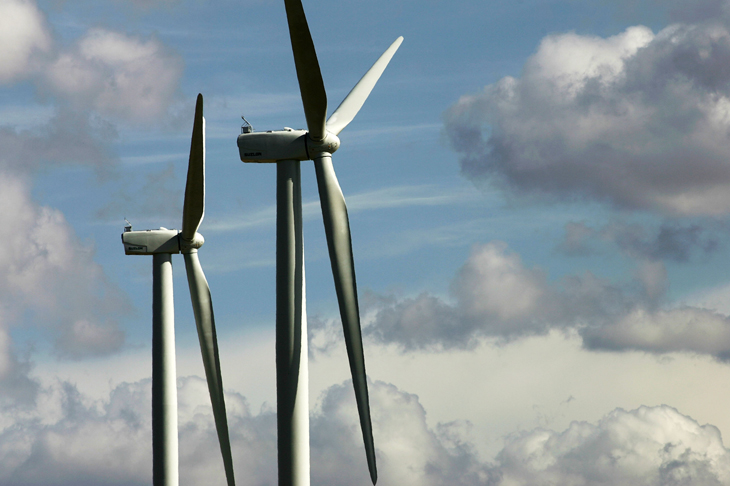
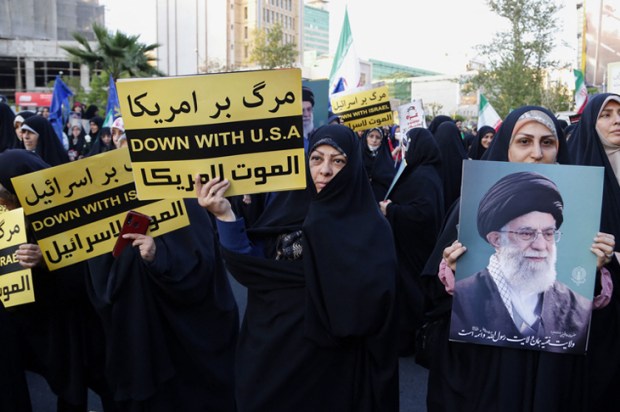
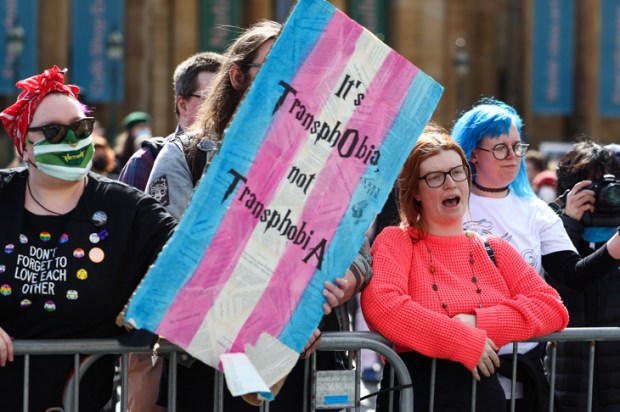
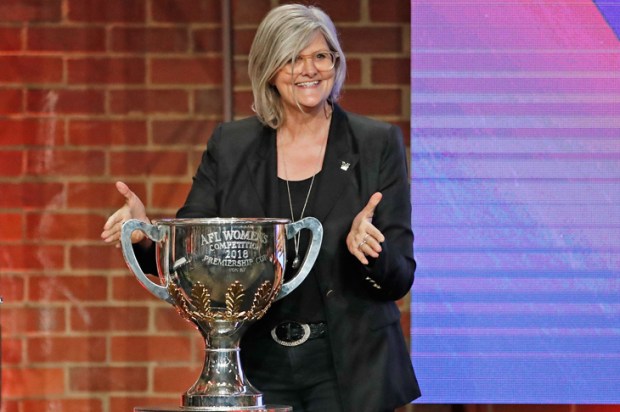

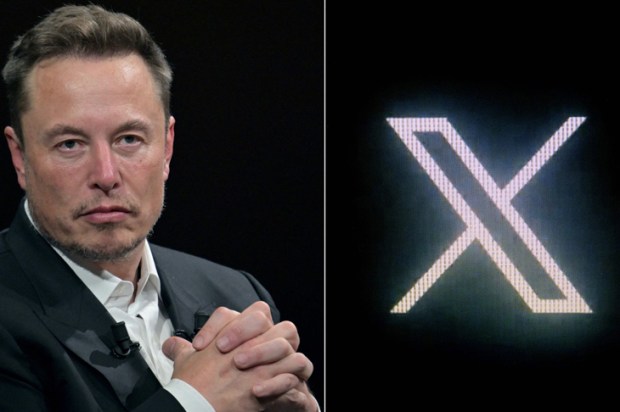







Comments
Don't miss out
Join the conversation with other Spectator Australia readers. Subscribe to leave a comment.
SUBSCRIBEAlready a subscriber? Log in